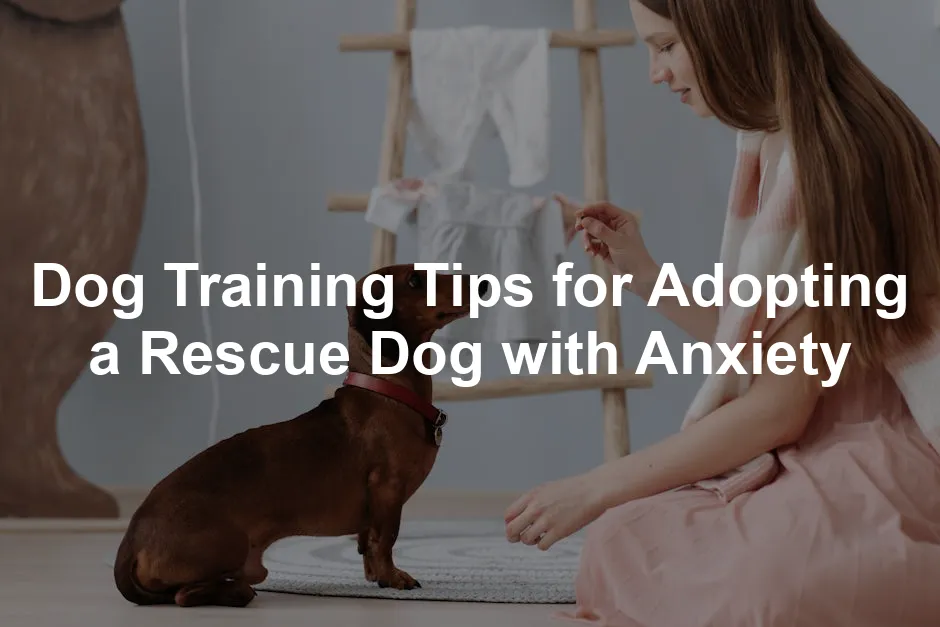Introduction
Adopting a rescue dog can feel like a fairy tale, but it often comes with a few plot twists. Many rescue dogs carry baggage, especially those with anxiety. These dogs might have been abandoned, neglected, or abused, leaving them with trust issues and fears. Understanding their past is key to unlocking their future happiness.
Creating a supportive environment is essential. It’s not just about giving them a home; it’s about making it a haven. As you embark on this journey, remember that patience and love are your best tools.
This article will cover practical training tips, strategies to ease anxiety, and ways to build trust. Whether it’s creating a safe space or utilizing positive reinforcement, we’ve got you covered. Let’s help your rescue dog turn that anxious tail into a wagging one!
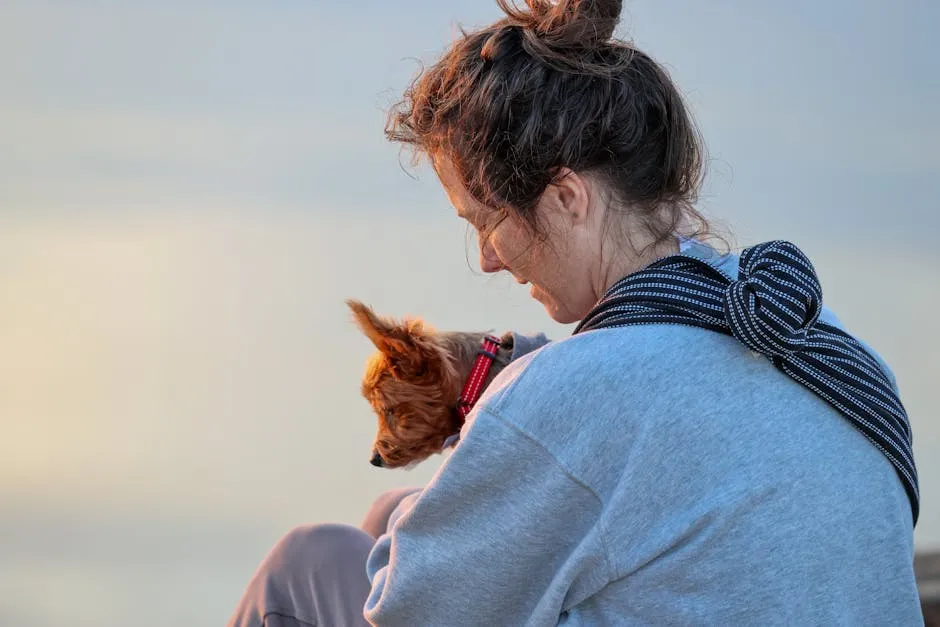
Understanding Rescue Dog Anxiety
What Causes Anxiety in Rescue Dogs?
Anxiety in rescue dogs often stems from traumatic past experiences. Many rescue dogs have lived in environments filled with loud noises, chaos, or even abuse. These dogs might react to simple triggers, like a doorbell or thunder, as if they’re facing a monster. Common triggers include loud noises, unfamiliar environments, or sudden movements.
Adjustment periods can vary; some dogs adapt quickly, while others may take weeks or months. It’s important to recognize that their anxiety is not a reflection of their character, but rather a response to their past.
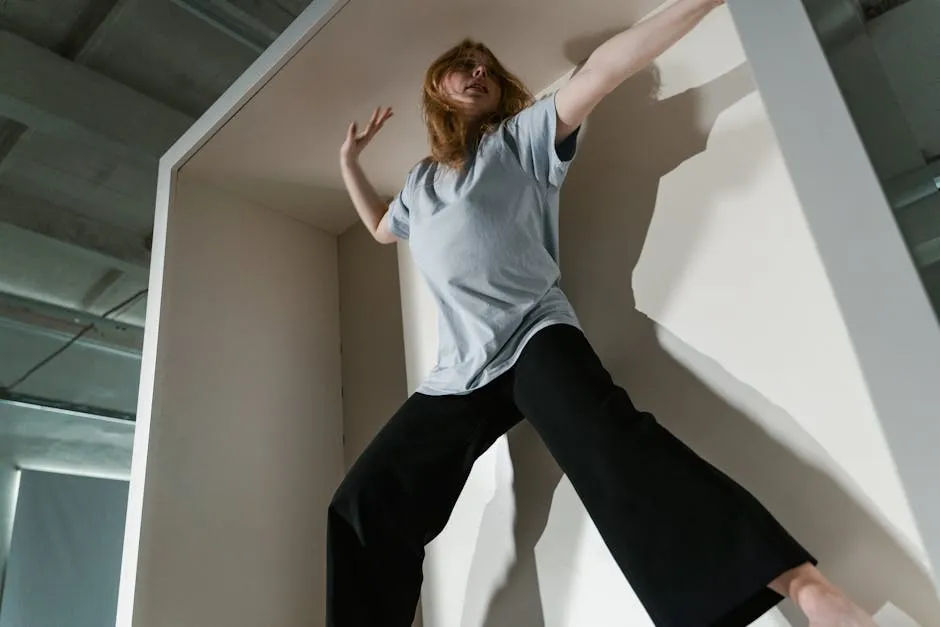
Signs of Anxiety in Dogs
So, how can you tell if your furry friend is feeling anxious? Look out for certain behaviors. Barking excessively, hiding in corners, or showing aggression are common signs. Additionally, pay attention to their body language. A tucked tail or flattened ears can indicate fear or discomfort.
Understanding these cues is essential. Dogs communicate through body language, so being observant will help you interpret their feelings. If you notice these signs, it’s time to take a step back and provide reassurance.
Creating a Safe and Calm Environment
Establishing a Safe Space
Creating a designated safe space for your rescue dog is crucial. This area serves as a retreat, allowing them to escape overwhelming situations. When choosing a spot, aim for a quiet corner with minimal foot traffic.
Soft bedding is a must. It’s like a cozy hug for your furry friend! Consider adding a blanket or their favorite toys to make it even more inviting. You might want to play soft music or use white noise machines to create a serene atmosphere. The PetSafe White Noise Machine can drown out those scary noises that make your pup anxious.
By providing this safe haven, you’re doing wonders for their mental health. It’s like giving them a spa day, every day!
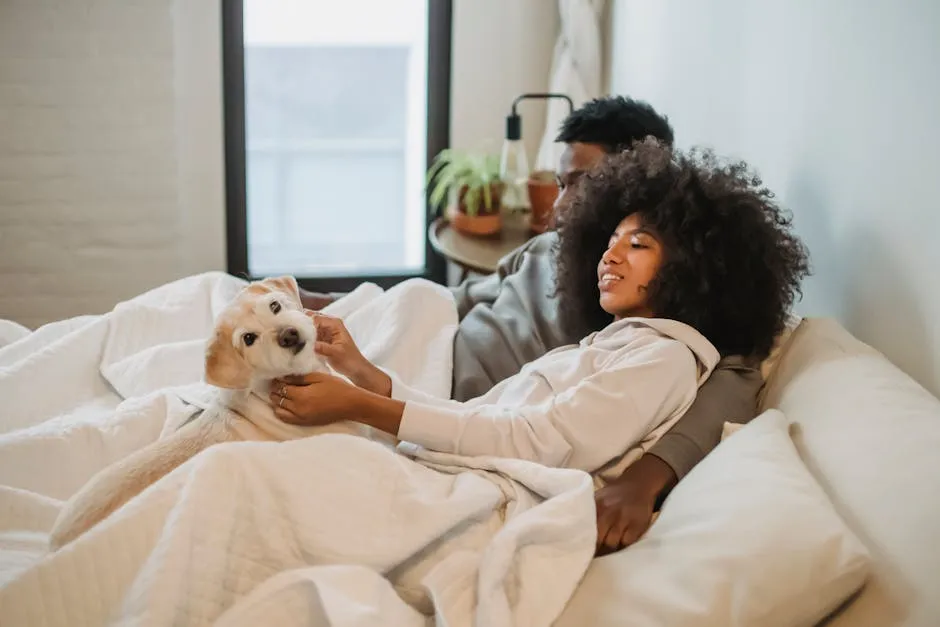
Routine and Structure
Dogs thrive on routine. Consistency helps reduce anxiety and gives them a sense of security. Start by establishing a daily schedule for feeding, walks, and playtime.
For instance, try feeding them at the same time each day. This creates predictability, which is comforting for anxious dogs. Regular walks are also important. They not only provide physical exercise but also mental stimulation.
Incorporate playtime into the schedule too. Even simple games can boost their confidence and strengthen your bond. Remember, keeping things structured is key. It’s like creating a well-organized playlist that keeps your dog dancing through life!
And speaking of play, consider the KONG Classic Dog Toy. It’s perfect for keeping your dog entertained and mentally stimulated!
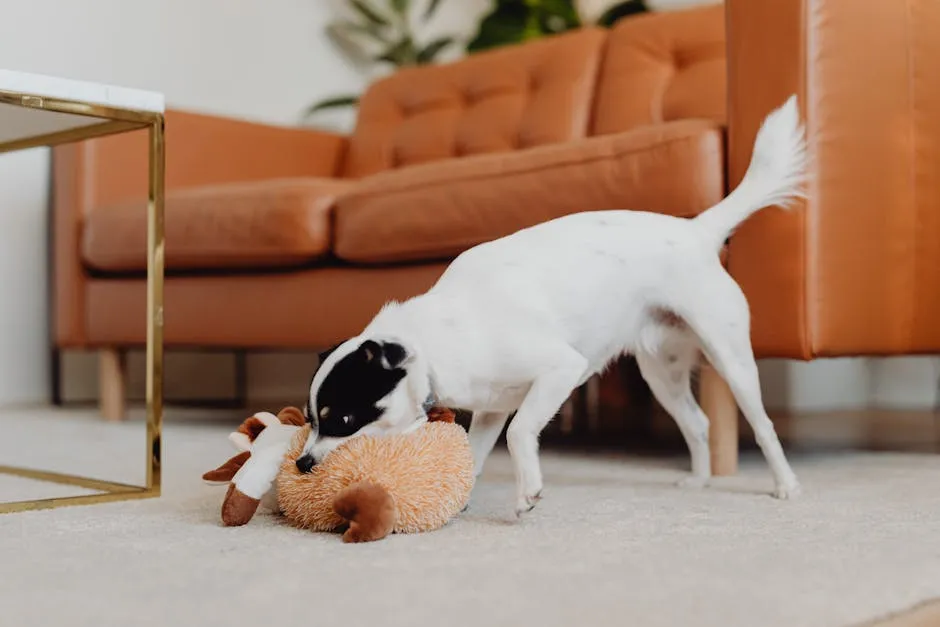
Training Techniques for Anxious Dogs
Positive Reinforcement
Positive reinforcement is your best friend when training anxious dogs. Using treats and praise creates a supportive learning environment. When your dog does something right, reward them immediately. This helps them associate good behavior with positive outcomes.
For example, if they sit calmly while you’re on a walk, offer a treat and lots of praise. This not only encourages the behavior but also builds their confidence. To make it easier, consider using a Dog Treat Training Pouch to easily access those tasty rewards!
Training methods like clicker training work wonders too. The clicker acts as a bridge, signaling to your dog that they’ve done something right. Pair the click with a treat, and watch their enthusiasm soar!
Using fun commands like “spin” or “shake” can also lighten the mood. These tricks can be less intimidating and help your dog feel more at ease. Plus, who doesn’t love a dog that can show off a few cool moves?
In summary, focus on kindness and patience. Celebrate their small victories, and you’ll pave the way for a happier, less anxious pup.
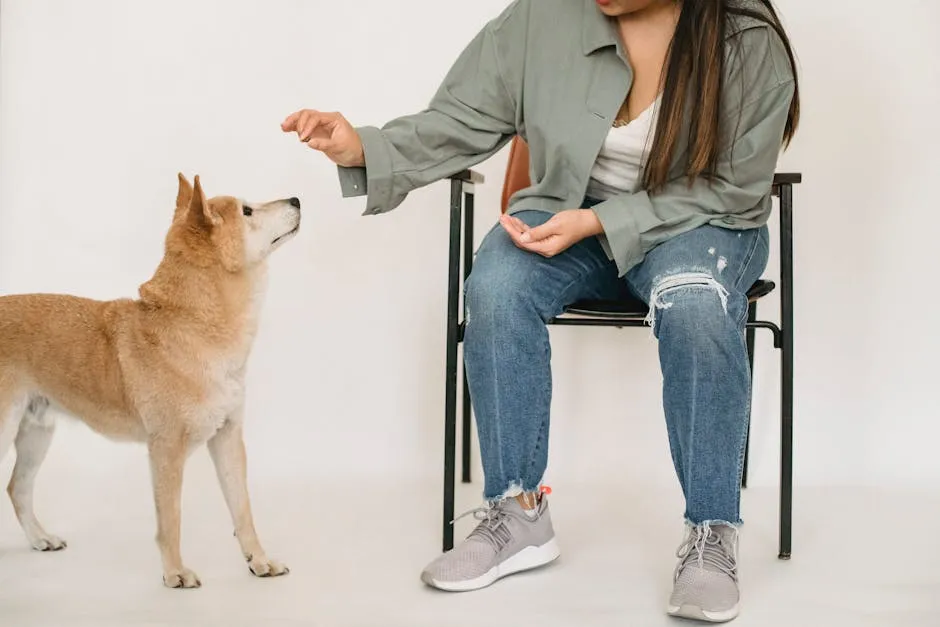
Gradual Exposure to Triggers
Gradual exposure is key in helping your rescue dog with anxiety. Start by identifying common triggers, such as loud noises and new people. The goal here is to desensitize your furry friend to these stressors, making them less intimidating over time.
Begin with soft sounds. Try playing recordings of thunderstorms or fireworks at a low volume. If your dog shows signs of anxiety, reduce the volume until they’re comfortable. Gradually increase the volume as your pup relaxes. This slow approach helps create positive associations with the sound.
For new people, introduce them slowly. Start with friends who understand your dog’s anxiety. Have them stand at a distance where your dog feels safe. Let them toss treats or toys to encourage a positive interaction. If your dog feels overwhelmed, allow them to retreat to their safe space. Gradually, your dog will learn that new people aren’t a threat.
Using this step-by-step method, you’ll help your dog face their fears in manageable doses. Patience is essential here; each small victory counts!
Using Commands and Training Games
Teaching your rescue dog basic commands is vital. Commands like “sit,” “stay,” and “come” build trust and create a strong bond. These skills provide your dog with structure and a sense of security.
Start with “sit.” Hold a treat above your dog’s nose and move it back over their head. When they sit naturally, reward them with the treat and praise. Repeat this process consistently. Soon, your dog will associate the command with the action.
Interactive games can also help ease anxiety. For instance, hide-and-seek is a fun way to engage your dog. Have them stay while you hide somewhere in the house. Call them, and when they find you, reward them with treats and affection. This game builds confidence and shows them that fun awaits when they’re brave.
Another great game is fetch. It’s perfect for burning off excess energy. Toss a toy like the Outward Hound Hide-A-Squirrel Puzzle Toy and encourage your dog to retrieve it. Use positive reinforcement to reward their efforts. These activities not only alleviate anxiety but also strengthen your bond.
Incorporating commands and games into your routine will create a happier, more confident rescue dog. They’ll learn that the world is a safer place, one game at a time.
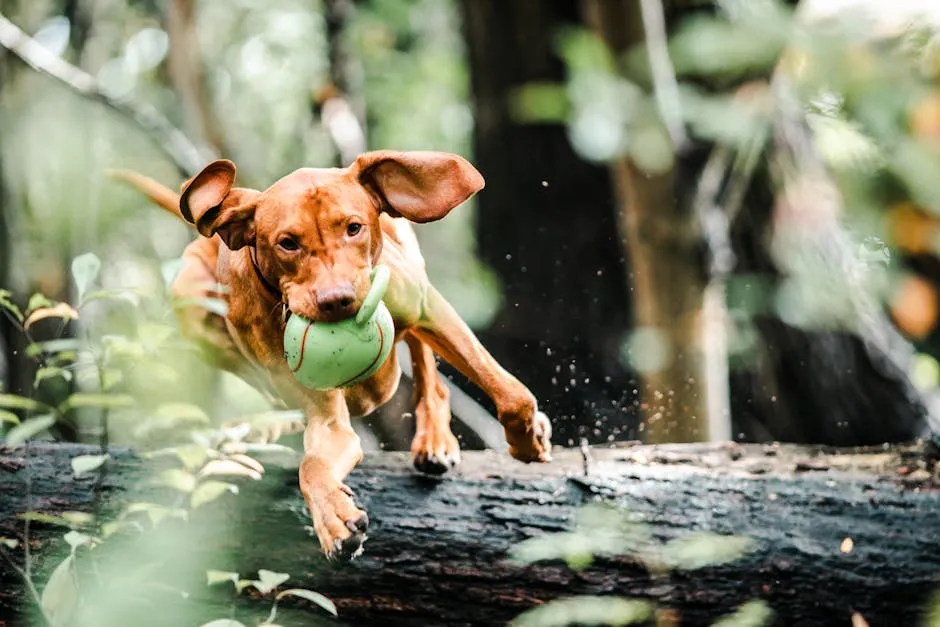
Building Trust and Bonding
The Role of Patience and Time
Building trust with your rescue dog is a gradual process. Each dog is unique, and some may require more time than others. It’s crucial to give them the space they need to adjust to their new home. Rushing this process can lead to setbacks and increased anxiety.
Take the time to observe your dog. Notice their reactions to different situations. For instance, if they hide when the doorbell rings, it’s essential to reassure them. Gently speak to them in a calm voice, and let them know they’re safe.
A few months ago, a friend adopted a rescue named Bella. Bella was terrified of everything. My friend spent hours sitting quietly near her, allowing Bella to approach at her own pace. Over time, Bella learned to trust him. Now, she happily greets new people and even plays with her toys.
Such stories remind us that patience pays off. Celebrate small victories, like when your dog approaches you for pets or takes a treat from your hand. Each moment builds their confidence and reinforces the bond you share.
Remember, every dog has a different journey. Some may take weeks, while others need months to feel secure. Embrace this process and be there for your dog every step of the way. With time and love, you’ll see your rescue dog transform into a confident companion.
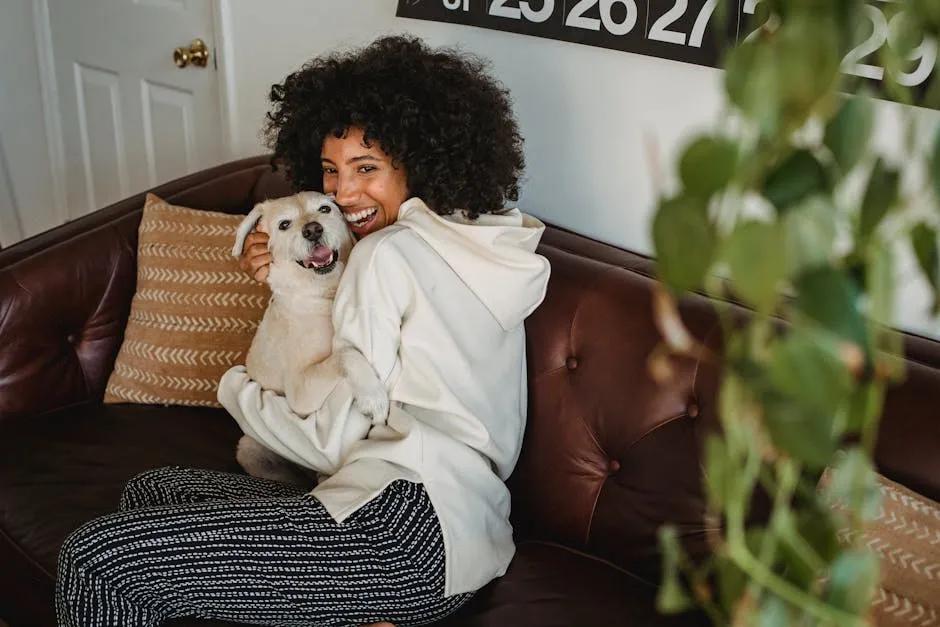
Engaging in Activities Together
Engaging in activities with your rescue dog is crucial. Play and exercise strengthen your bond. When you participate in fun activities, it encourages trust and communication. Your dog learns that you’re a source of joy, not just a provider of food and shelter.
Low-pressure activities are ideal for anxious dogs. Start with gentle walks around your neighborhood. Keep it relaxed, allowing your dog to explore at their own pace. This builds confidence without overwhelming them.
Quiet playtime can also work wonders. Try tossing a soft toy or playing hide-and-seek in your home. The key is to keep things light and enjoyable. These activities foster a sense of security and can help your dog feel more comfortable in their new environment.
To make playtime even more enjoyable, consider a Dog Agility Training Equipment Set to keep them active and engaged!
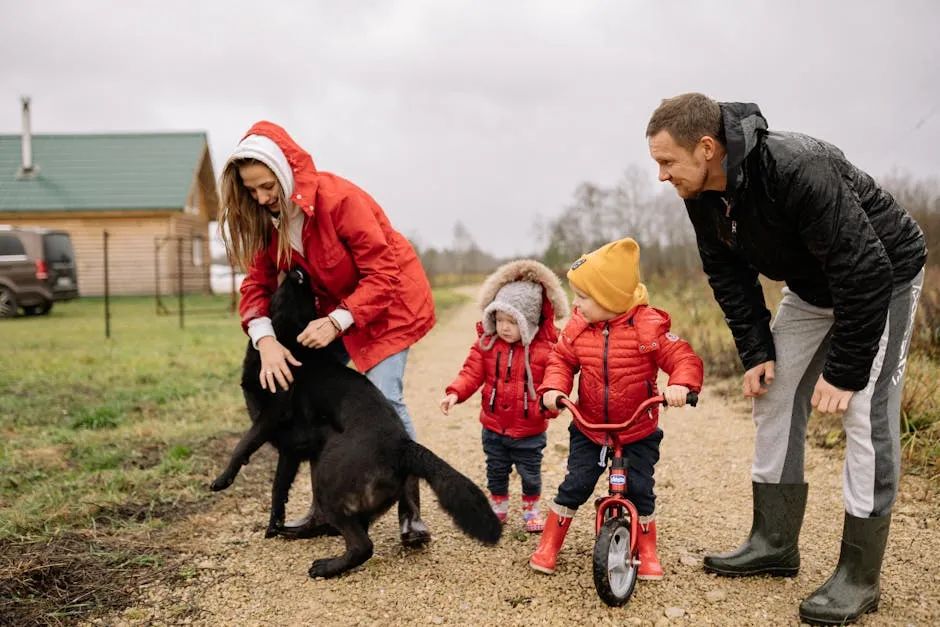
The Importance of Socialization
Socialization is vital for your rescue dog’s well-being. Introducing your furry friend to new people and environments helps them adjust. However, it’s essential to do this safely. Start by inviting calm and understanding friends to meet your dog. Keep the initial meetings short and positive.
When exposing your dog to new environments, take it slow. Choose quiet, low-stress locations. Gradually increase the complexity of the outings as your dog becomes more confident. Controlled socialization reduces anxiety, helping your dog learn that the world isn’t a scary place.
Make sure to reward your dog with treats or praise for positive interactions. This reinforces their bravery and encourages them to approach new experiences with curiosity instead of fear. Remember, patience is key—each little step counts!
When to Seek Professional Help
Recognizing the Need for Professional Guidance
Sometimes, despite your best efforts, your rescue dog may need extra help. Recognizing when to seek professional guidance is essential for their well-being. Signs that indicate the need for a trainer or behaviorist include excessive barking, destructive behavior, or severe fear responses. If your dog can’t relax or frequently hides, it might be time for professional input.
Finding a qualified dog trainer or behaviorist is crucial. Look for someone with experience in treating anxiety in rescue dogs. Check reviews and ask for recommendations from fellow dog owners. A trainer should use positive reinforcement methods, avoiding harsh techniques that could exacerbate anxiety.
Consider seeking a professional who can provide tailored strategies for your dog’s specific needs. They can guide you through issues like socialization or training. Remember, asking for help isn’t a failure; it’s a step toward a happier, more confident companion.
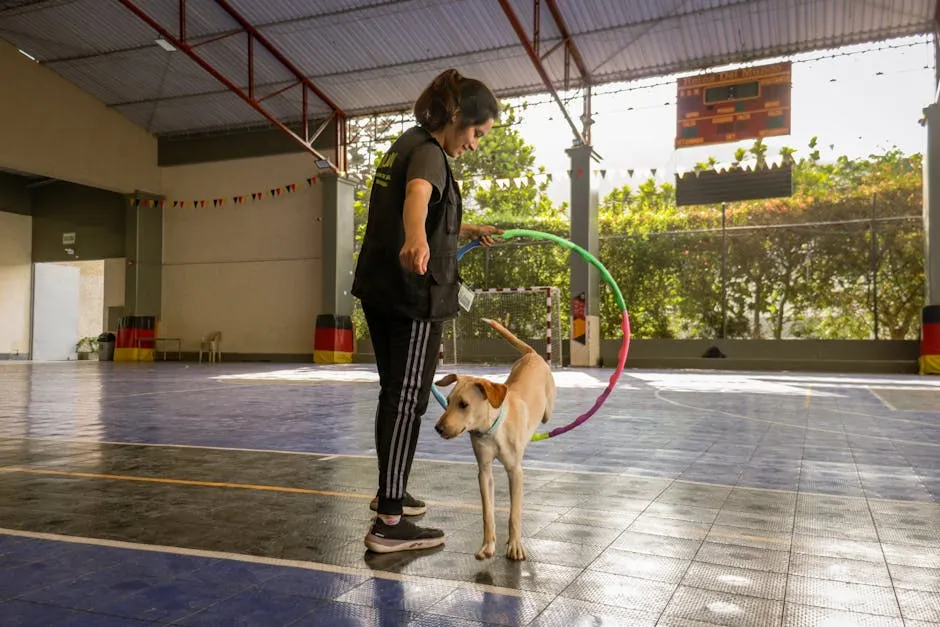
Medication as a Tool
Managing anxiety in rescue dogs sometimes requires a little extra help. Medication can play a supportive role in easing their stress. It’s not a magic wand, but it can make a difference. Many dogs benefit from anxiety medications, allowing them to feel more relaxed and receptive to training.
When considering medication, consulting with a veterinarian is crucial. They can provide insights on the various options available. Be open about your dog’s specific symptoms and history. Your vet will likely recommend starting with a low dose to see how your pup responds. Take notes on any changes in behavior.
Don’t shy away from asking questions! Inquire about potential side effects and what to expect during the adjustment period. It’s essential to understand that the goal is not to sedate your dog but to lower their anxiety threshold. That way, they can engage more fully in training and enjoy life to the fullest.
Always remember: medication is one piece of the puzzle. It works best when combined with behavioral modifications and training techniques. So, pair it with positive reinforcement and a loving environment for the best results.
FAQs
What should I do if my rescue dog won’t eat?
If your rescue dog refuses to eat, it’s essential to be patient. Offer small, enticing treats to encourage them. Try warming their food to enhance the aroma, making it more appealing. You can also mix in some wet food or add broth to their dry kibble. This can stimulate their appetite. Create a calm feeding environment free from distractions.
How long will it take for my rescue dog to adjust?
Adjustment periods for rescue dogs vary widely. Some may settle in within a week, while others may take several months. Factors influencing this include their past experiences, age, and temperament. To aid their adjustment, maintain a consistent routine. Provide plenty of love, patience, and encouragement. Celebrate small wins, and remember that every dog is unique.
Can I use training tools like shock collars on anxious dogs?
Shock collars are not recommended for anxious dogs. They can increase fear and anxiety, potentially worsening behavioral issues. Instead, focus on positive reinforcement methods. Rewards, praise, and gentle corrections go a long way in building trust. Consider tools like harnesses or gentle leaders that offer control without causing stress.
How can I help my dog during storms or fireworks?
Creating a safe space is essential during stressful events like storms or fireworks. Designate a quiet area in your home where your dog can retreat. Use comfortable bedding and familiar toys to make it inviting. Consider playing soft music or using white noise machines to drown out loud sounds. Distractions like puzzle toys or treats can keep them engaged. Stay close by to offer comfort and reassurance during these scary moments.
Please let us know what you think about our content by leaving a comment down below!
Thank you for reading till here 🙂
All images from Pexels

